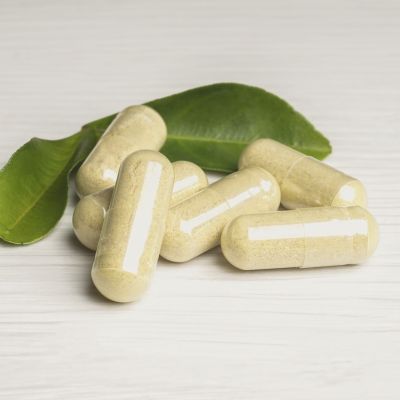Looking for the best brush for thinning hair? Using the right hairbrush can make a big difference when it comes to the health of your hair. If you have fine or thinning hair, an irritated scalp or hair breakage, you should take a closer look at your brushes and ensure you’re using them the right way. Here are a few tips to help you avoid a stroke of bad hair luck and use the best brush for your thinning hair.
Tips on Using the Best Brush for Thinning Hair
Gentle brushing is a must.
Vigorous brushing is never a good idea for your hair, as it can remove the protective layers of your hair’s outer cuticle. This makes your hair more susceptible to damage from UV rays, heat styling and color processing. Gentle strokes help prevent hair breakage and scalp irritation. It’s also best to start brushing your hair at the end and work your way up toward the roots to prevent unnecessary tugging.
Detangle wet hair with care.
When your hair is wet, it’s fragile. Use a wide-tooth comb or a brush with wide-set, thin and natural bristles set in a rubber cushion for increased flexibility. They can help you gently remove snarls and detangle hair without yanking on your roots.
Use the right brush for dry hair.
A pure boar-bristle brush is the gold standard if you have dry hair. The bristles help to distribute your hair’s natural oils, remove debris, stimulate the scalp—and don’t create any static on the hair shaft. Experts also suggest trying a brush with a large surface area and a mixture of nylon and boar bristles. The nylon helps detangle, while the boar bristles smooth your strands.
Use a ceramic brush for blow drying.
If you’re blow drying to add volume and fight frizz, use a round vented brush with a ceramic core. A combination of boar and ionic nylon bristles is best for a range of hair types. The ceramic core helps you get the volume and shine you want quickly, since the ceramic center helps dry the hair more efficiently. This also means less time using your hair dryer, which is better for your tresses and helps prevent breakage that can lead to the appearance of thinning hair.
Clean your brushes.
In addition to using the right brush, it’s also important to clean it regularly to keep it performing at its best. Run the teeth of a comb through your brush daily to remove any hair caught in the bristles. Once a month, try swirling your brush in a basin of warm water. Then, using an old toothbrush, scrub around the bristles with a gentle shampoo. Rinse thoroughly in warm water, then lay the brush (bristle side down) on a towel to dry.
Brushes are important tools in your arsenal to keep your hair healthy. But even the best brush can’t undo the effects of damage—learn how to prevent split ends and the appearance of thinning hair with these smart tips. When it comes to choosing the best brush for thinning hair, choose wisely and take good care of them. Learn more about protecting and caring for your hair, while slowing further loss with our exclusive hair loss treatments.
Book a FREE consultation with a knowledgeable representative to discuss your hair today!





